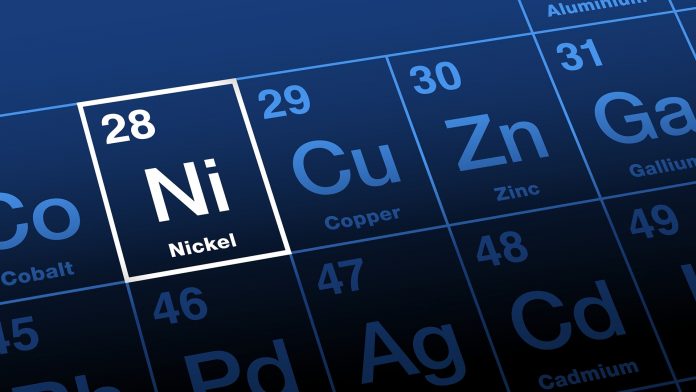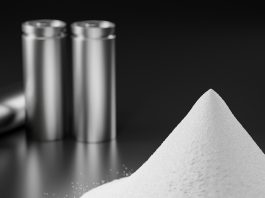The University of Adelaide’s Professor Michael Goodsite and Professor Carl Spandler outline the steps that Australia must take to provide nickel in a manner that meets market demand.
Nickel is important for Australia due to its wide-ranging global applications. It is essential for our global energy transition, where it is used in batteries and other components of technology, contributing to a more sustainable future.
Australia’s nickel mining operations, with major deposits in Western Australia (WA) and Queensland, primarily contribute almost 12% of the global nickel production (0.16 million tonnes of nickel in 2023), and there are an estimated 21 million tonnes of nickel in reserve in Australia, which equates to 22% of global reserves (USGS commodity summary for Nickel, 2023).
Nickel has been used by humankind for over 5,000 years, and given its uses, especially in the transition to green energy, strong growth in demand for nickel is expected globally. Growing global demand should be a benefit for Australia; however, Australia must compete with international competitors, especially those in our own region, such as Indonesia and China.
Thus, the price for nickel is largely driven by supply in other countries, and a weak metal price leads to uncertainty with Australian nickel operations.
Indeed, in January 2024 alone, WA’s Ravensthorpe nickel mine announced that it was cutting 30% of its workforce, and the on-site staff at the Savannah nickel mine were made redundant. Even BHP isn’t immune to the downturn in the price of nickel: the mining giant has announced it is mothballing its nickel concentrator at Kambalda, WA.
Nickel was just last year classified as a strategic material by the Australian Government, but this classification has not yet mitigated the impact of low prices for either it or another strategic material: aluminium, as Alcoa Kwinana alumina refinery, also announced in January a phased shutdown, which will result in around 1,000 job losses.
Key facts about nickel in Australia
Australia recently announced a Strategic Materials list, including nickel, which means that nickel projects will be able to access billions of dollars of funding made available to strategic materials projects. Australia considers nickel and five other materials (aluminium, copper, phosphorous, tin and zinc) strategic as they do not yet meet the requirement to be critical.
The Strategic Materials List contains minerals:
- Important for the global transition to net zero and broader strategic applications, specifically the priority technologies set out in the Critical Minerals Strategy.
- For which Australia has geological potential for resources.
- In demand from our strategic international partners.
However, their supply chains are not currently vulnerable enough to meet the criteria for the Critical Minerals List. They might become if more Australian miners and processors suspend operations.
Although global demand will increase for nickel and Australia has rightly classified nickel as a strategic resource, it must do more. Having access to a strategic resource is not enough, key efforts must be made in trade relations to best secure operations to provide the nickel in a manner that meets market demand.
Green nickel
An opportunity for Australia is to use its renewable energy resources to abate the greenhouse gas emissions associated with some nickel mining and processing techniques, to deliver on ‘green nickel’.
By doing this, suppliers can expect to trade nickel commodities or the products that they are used in, when produced or manufactured in Australia at a ‘green’ premium; thus, making ongoing nickel operations in our country more attractive, ultimately benefitting us and the world through a supply of green nickel commodity and know-how.
Australia can, and should, deliver on the charge Elon Musk issued in July 2020: “Tesla will give you a giant contract for a long period of time if you mine nickel efficiently and in an environmentally sensitive way.”









